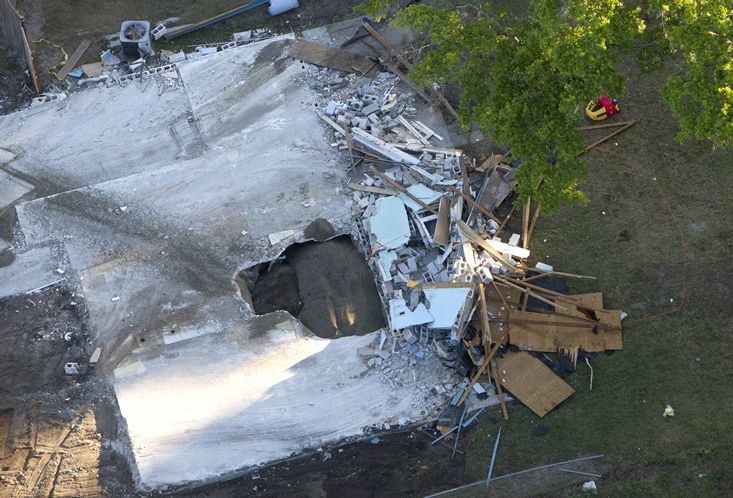
And as Hillsborough County enters what one geologist labels "sinkhole weather," the potential for sinkholes to form will only increase.
Since Bush's death brought national attention to sinkholes here, they seem to be sprouting all over Hillsborough, including several in the past week.
"You'll get areas that just seem to get active," said Sandy Nettles, a private geologist in Palm Harbor. "It could be any number of things that actually stimulated it, but usually once they start rolling into an area, you get more action."
In Plant City, Tom Manus was told to leave his home on North Country Hills Court after a sinkhole was discovered under his porch Saturday.
On Sunday, a Bob Evans restaurant in Seffner was closed after employees found cracks on the ceiling, floor and walls. Geological tests are ongoing, but that type of damage is associated with sinkholes.
Later that day, a Tampa family on Jean Street was asked to evacuate after a sinkhole developed in the front yard. The home is east of Hesperides Street and a half mile north of Hillsborough Avenue.
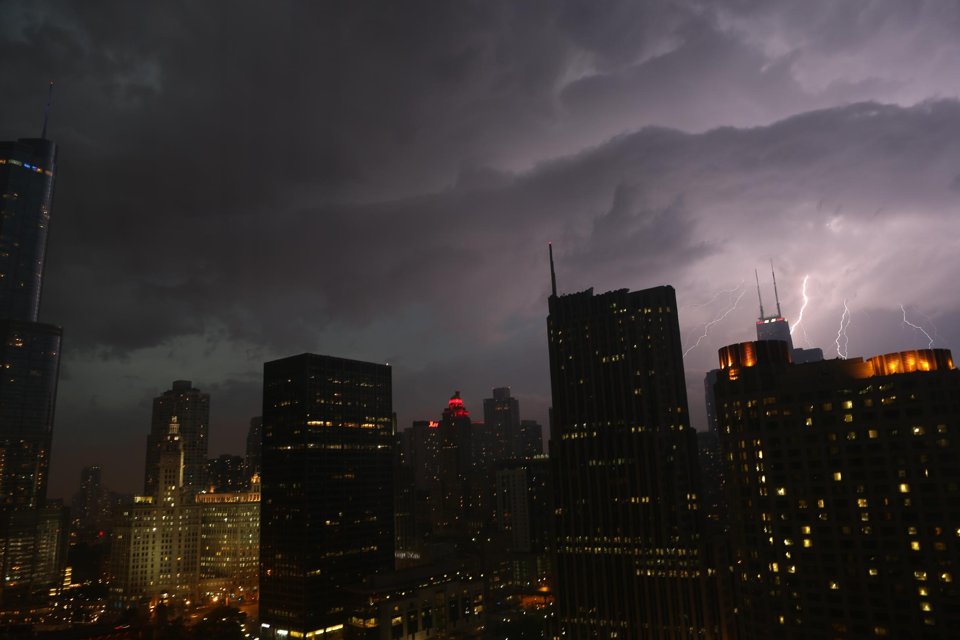
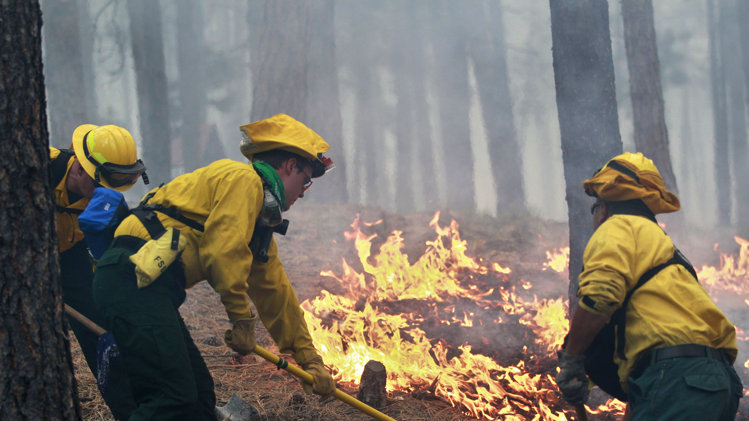
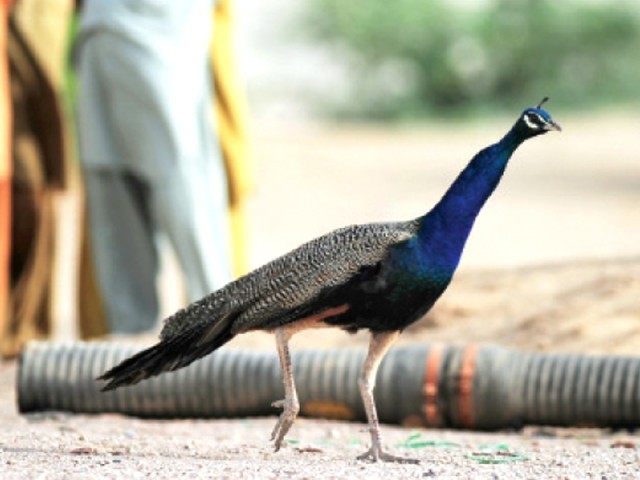
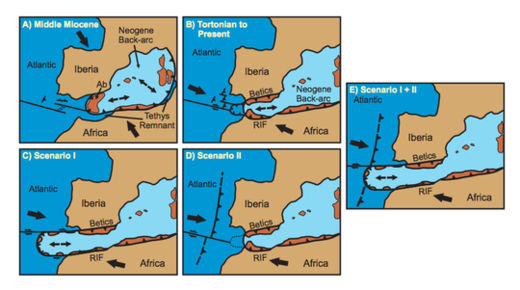
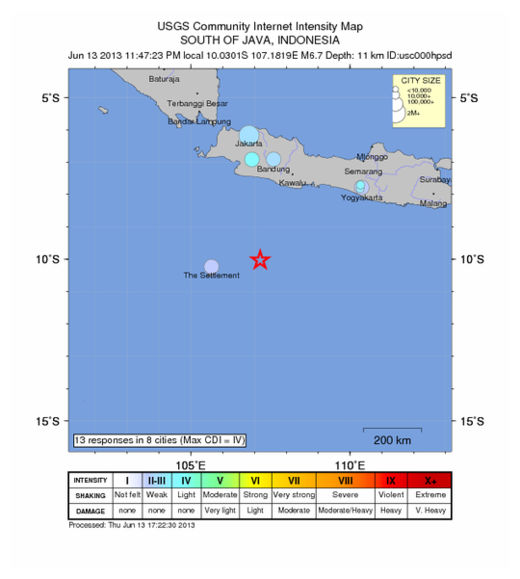
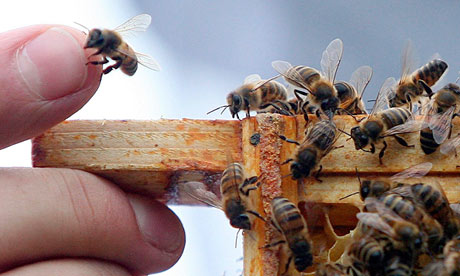
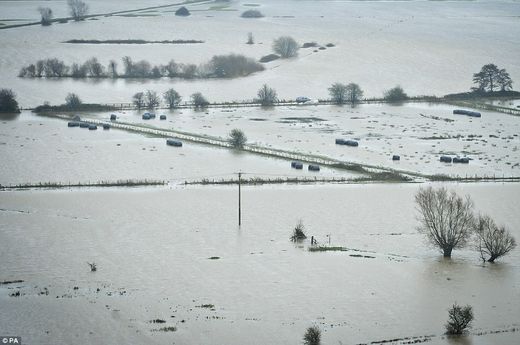
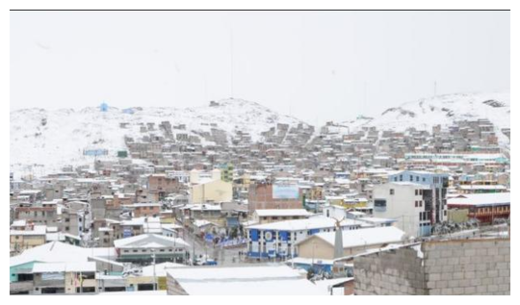



Comment: Bearing in mind that the bar was set by last year's 'most destructive wildfires in Colorado history', locals have got to be asking themselves, like El Paso County Sheriff Terry Maketa above, "What's up?"...
Reign of Fire: Meteorites, Wildfires, Planetary Chaos and the Sixth Extinction